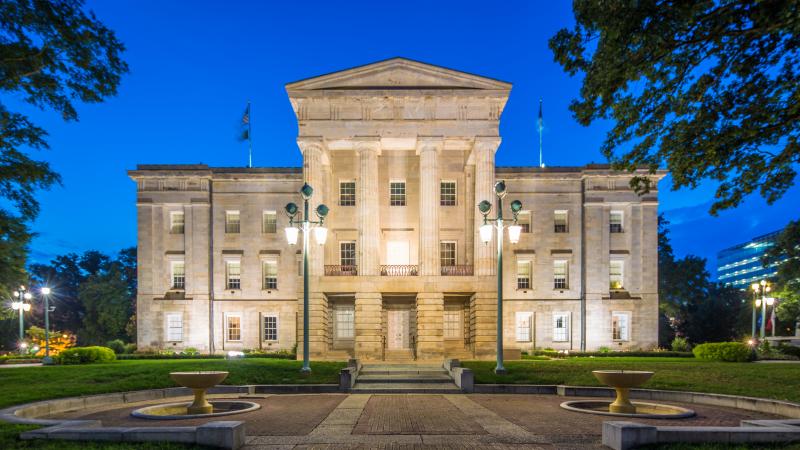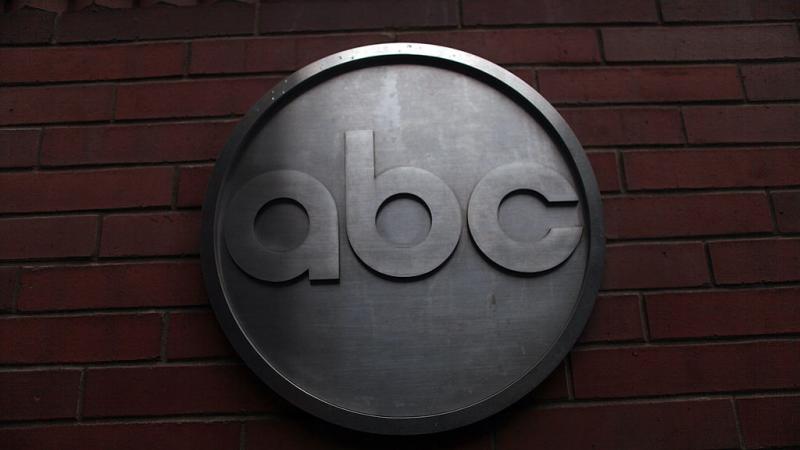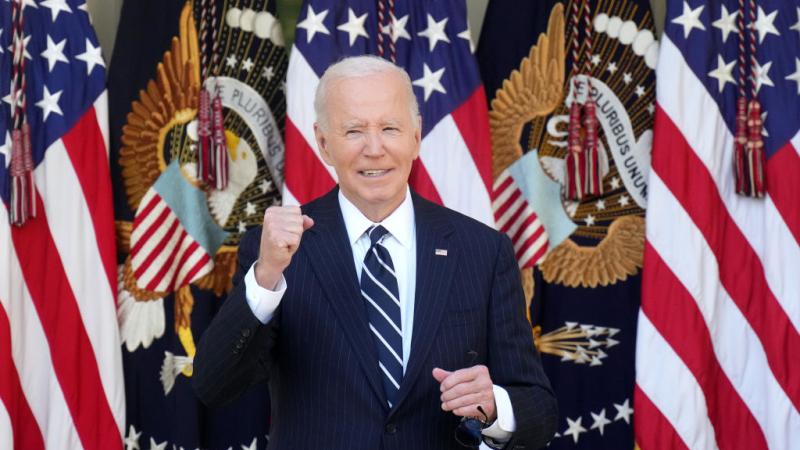Experts say climate groups' models showing energy costs rise with renewable subsidy cuts are flawed
While wind and solar are widely reported to be the cheapest forms of energy, the industry reports it can’t grow without a steady stream of tax dollars to support it. As a result, activist groups argue electricity prices will rise.
The One Big Beautiful Bill Act, signed in July, will eliminate the production tax credits for intermittent wind and solar power over the next decade. While wind and solar are widely reported to be the cheapest forms of energy, the industry reports it cannot grow without a steady stream of tax dollars to support it.
In the wake of the signing of the bill, legacy media outlets are cranking out articles warning that electricity prices will increase as a result of allegedly cheap energy generators not being built when that stream of tax dollars ceases. Experts, however, say the models cited in these reports are contradicted by past data showing wind and solar have yet to decrease energy costs.
Temporary government program
The original Production Tax Credit (PTC) was passed in 1992. The goal was to jump-start the wind and solar industry, and once matured, the subsidies would be phased out. Instead, energy analysts Isaac Orr and Mitch Rolling report on their “Energy Bad Boys” Substack, the PTC has been extended 11 times.
The most recent extension in 2021 pushed them out to 2036. The 2022 Inflation Reduction Act based their termination on emission reduction targets that are unlikely to be achieved, according to the Cato Institute, meaning the legislation, signed into law by then-Democrat President Joe Biden, would likely have made them permanent.
Under the One Big Beautiful Bill Act, wind and solar projects are eligible for the PTC if they begin producing electricity by 2027. A loophole inserted into the bill at the last minute allows projects that are “under construction” to receive a four-year safe harbor to continue receiving the PTC.
Prior to and after the act’s passage, climate advocacy groups produced analyses claiming that energy costs would go up. Tax credits are so lucrative that wind farms can be profitable even selling electricity at negative prices. Driven by tax credits, renewable projects accounted for 96% of new electricity in 2024.
Models versus real-world data
With those tax credits now being phased out, climate advocacy groups such as Energy Innovation argue the rate at which additional new generators come online will slow. With electricity demand increasing, prices will rise as a result of the law of supply and demand. Natural gas generators, because of long lead times for turbines, won’t come online quick enough to meet demand.
Energy experts dispute the models used to come to these conclusions. Kenny Stein, vice president of policy for the Institute of Energy Research, a free market energy research group, points out that increases in wind and solar generation since 2019 failed to result in any decrease in energy costs.
“If adding wind and solar to the grid is going to reduce electricity rates, as the renewable advocates claim, when will we see it in real-world electricity rates? Or is the real world different from the wind and solar activists’ models?” Stein wrote.
In May, data from the Energy Information Administration (EIA) showed that retail electricity prices rose faster than the rate of inflation in 2022, and the administration projected they would continue to climb through 2026.
In a thread on X, Steve Everley, energy communications and public affairs with FTI Consulting, notes that the EIA attributes the rising rates to increased spending on distribution and infrastructure, as well as a push toward electrification of homes. These are the same climate policies that critics of the One Big Beautiful Bill Act advocate for, Everley explained.
“Gee, who has been pushing for those massive changes to the electric system, including the shutdown of affordable, baseload power generation? Who has pushed the expensive ratepayer-financed plans for expanding infrastructure needed to replace that generation?” Everley wrote.
Subsidies to 2037
Stein also points out that the analyses showing rising electricity prices starting in the next few years ignore that the subsidies will continue for years to come.
Renewable energy projects will still be eligible for the PTC if they come online by Dec. 31, 2027. Projects that haven’t begun construction will be eligible through July 4, 2026, and projects that begin construction in the next 12 months are eligible for subsidies as late as 2030. Because the PTC is paid out over 10 years, wind and solar projects will be receiving the PTC until at least 2037.
“It will be years before they go away, and therefore, years before the removal of these subsidies would have the potential to affect electricity rates,” Stein wrote.
The models predicting future price increases as a result of the One Big Beautiful Bill, Stein wrote, are the only evidence that activists have to support their claims. The actual observed evidence going back two decades shows no price decreases as a result of increases in wind and solar on the grid.
“There is a final logical weakness to activists’ claims," Stein wrote. "If wind and solar are such cheap and useful sources of electricity, then the elimination of subsidies should not matter. These sources will be built anyway if the activists’ claims are accurate."
The Facts Inside Our Reporter's Notebook
Links
- the industry reports
- legacy media outlets
- cranking out articles
- electricity prices will increase
- Energy Bad Boys
- according to the Cato Institute
- One Big Beautiful Bill Act
- loophole inserted into the bill
- selling electricity at negative prices
- 96% of new electricity in 2024
- Energy Innovation argue
- because of long lead times for turbines
- Institute of Energy Research
- failed to result in any decrease in energy costs
- data from the Energy Information Administration
- thread on X
- FTI Consulting













